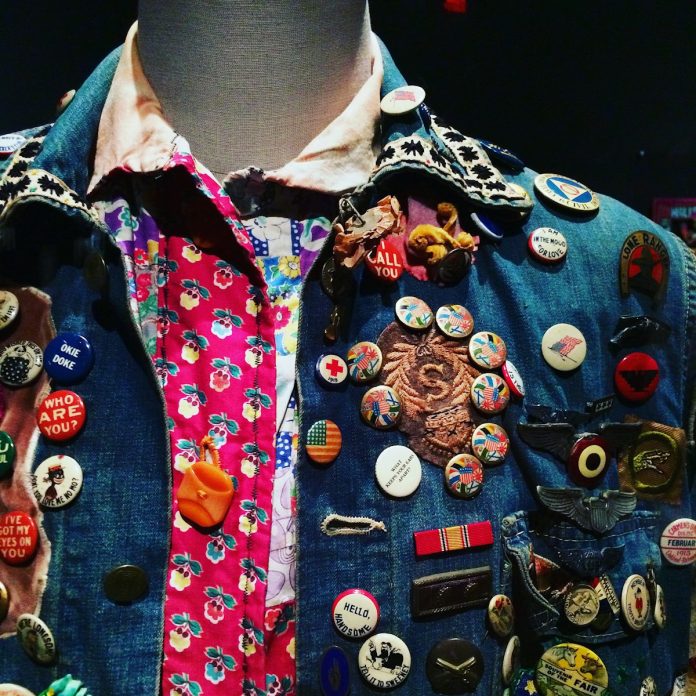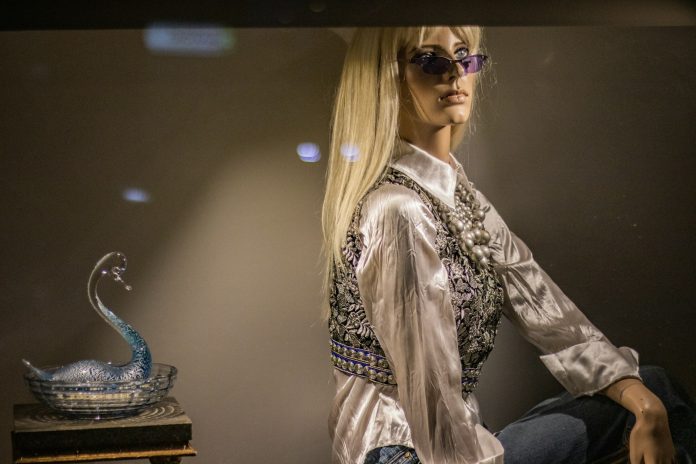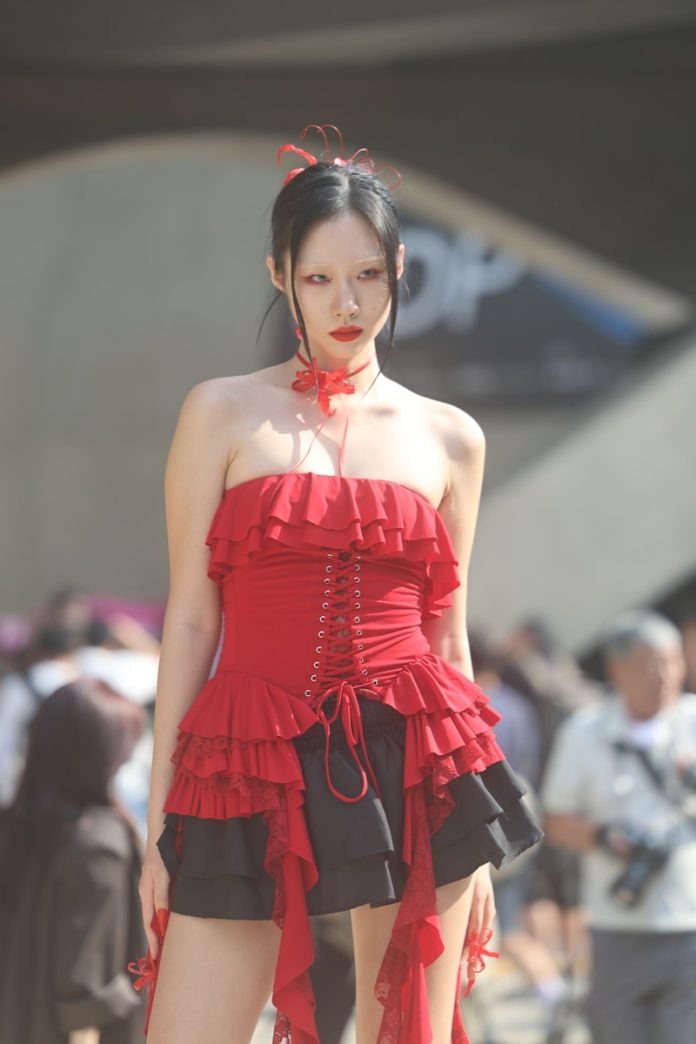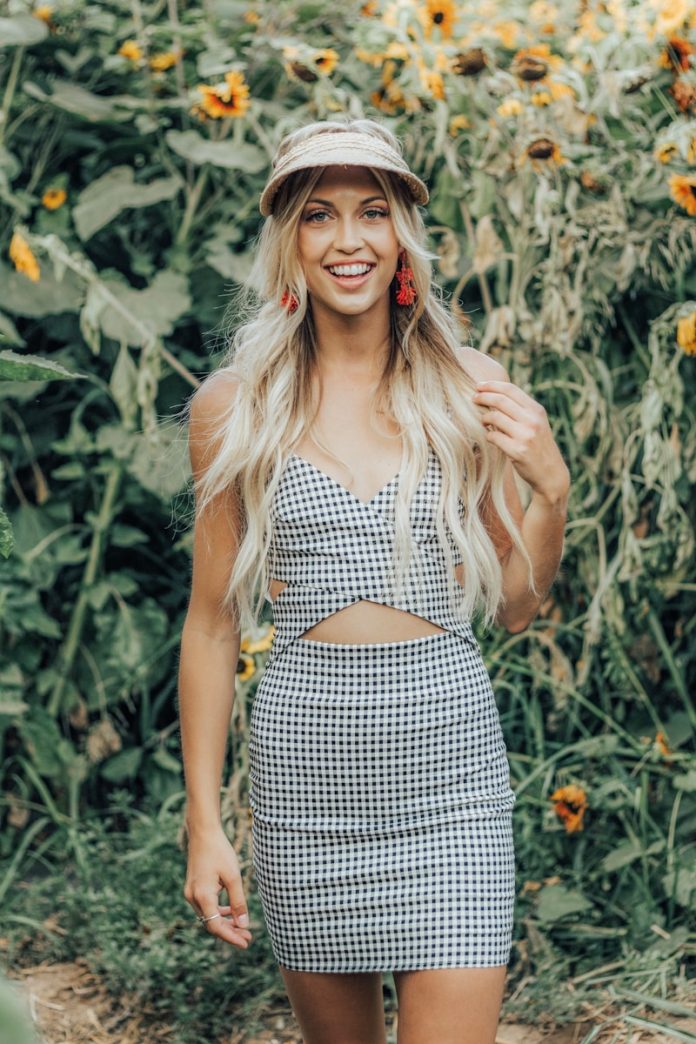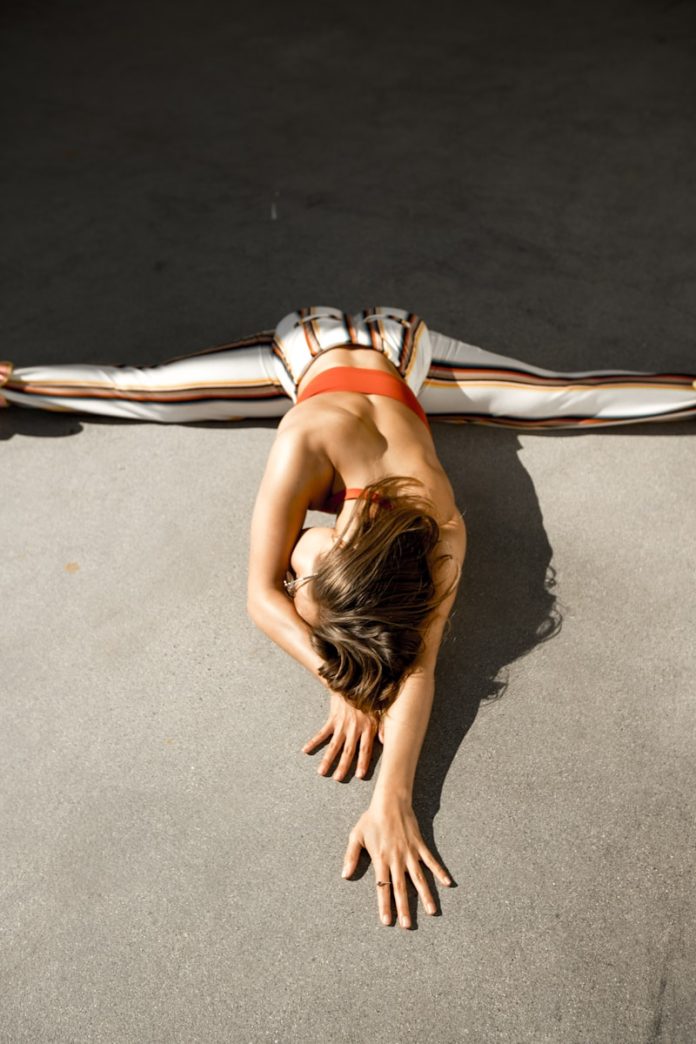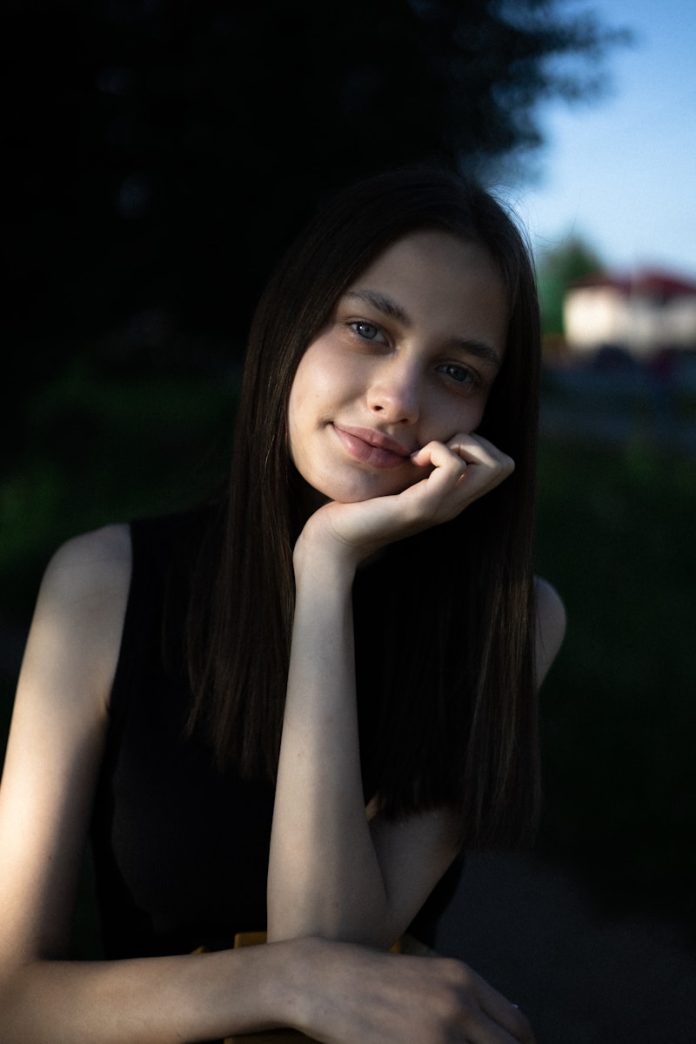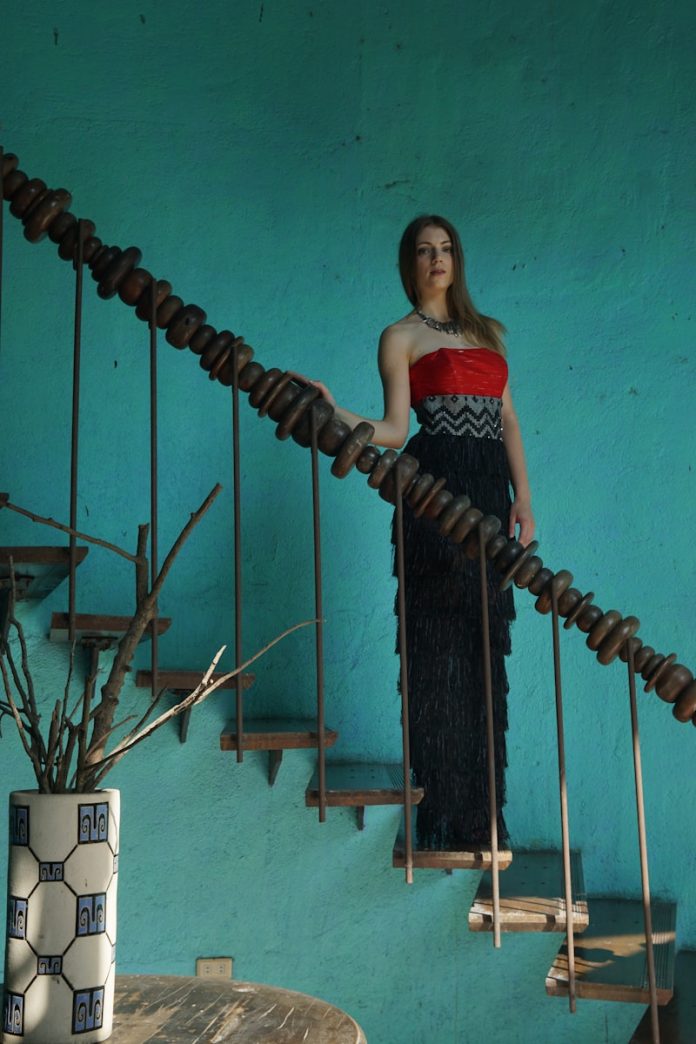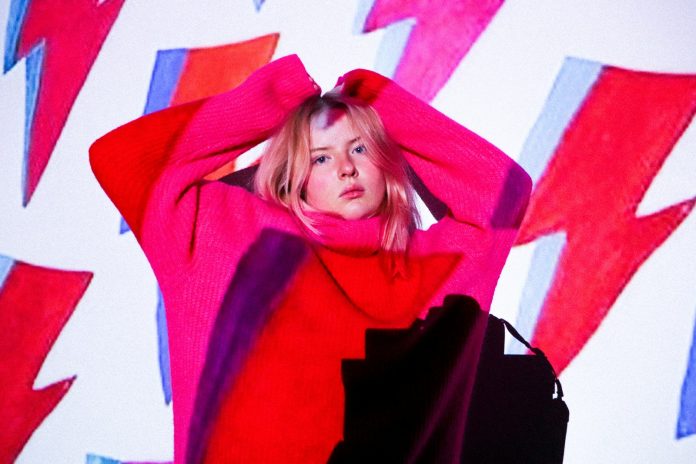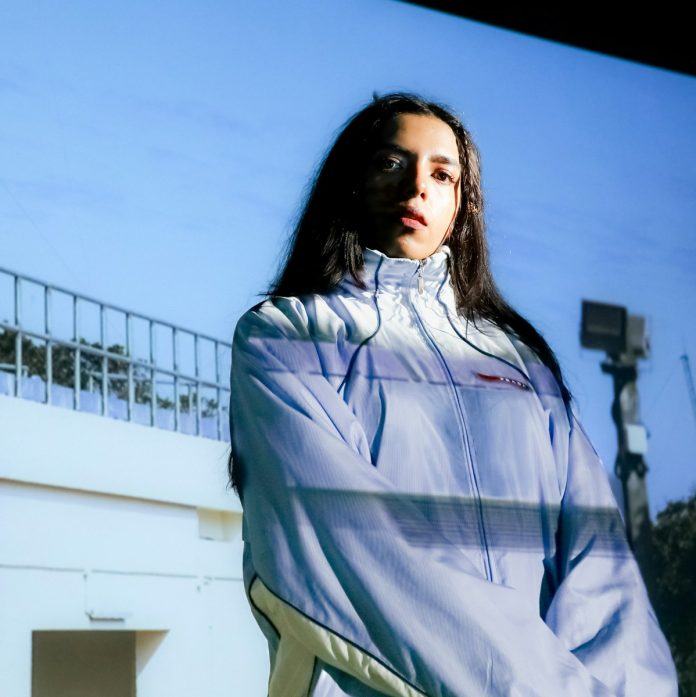City life moves fast. From crowded subways to rooftop cocktails, street vendors to gallery openings, urban environments demand versatility—not just in mindset, but in wardrobe. Amid the swirl of concrete, glass, noise, and neon, a distinct fashion identity emerges: what many now call concrete cool. It’s a look that doesn’t scream for attention, but commands it anyway. Practical. Effortless. Edge-meets-ease.
But city style isn’t just about clothes—it’s about character. It’s the armor for navigating chaos, the language for expressing individuality in a sea of strangers, and the creative outlet for those who find beauty in the buzz of the metropolis.
This is the story of urban dressing: born from necessity, shaped by diversity, and defined by attitude.
The DNA of Urban Style
What makes something “concrete cool”? It’s less about specific garments and more about an overall vibe: polished yet relaxed, curated yet functional, casual but never careless.
In cities, fashion isn’t precious. It has to work. Outfits must transition seamlessly from subway to studio, office to after-hours. That’s why layering is a core pillar of urban dressing—weather shifts, indoor/outdoor dynamics, and sudden plans all demand flexibility.
Textures and silhouettes matter, too. City looks often play with proportion: oversized coats over slim trousers, structured blazers paired with chunky sneakers, or flowy skirts grounded by utilitarian boots. There’s always tension—soft and sharp, light and dark, high and low.
And of course, the palette is telling. Neutrals dominate—charcoal, beige, navy, olive, black-on-black-on-black—not because city folk fear color, but because these shades mirror the landscape. They don’t compete with the skyline—they coexist with it.
Utility Meets Aesthetic
In a metropolis, functionality is not optional. You might walk miles in a day, dodge cabs, climb stairs, or carry your entire life in one tote bag. That’s why practical pieces become iconic in urban wardrobes:
Sneakers, especially those with a bit of design edge (think chunky soles or unexpected colorways), have replaced heels and dress shoes as daily essentials. Not just for comfort, but for speed—and swagger.
Crossbody bags and belt bags keep belongings secure in crowds while leaving hands free for coffee or navigation.
Layered outerwear—lightweight trench coats, oversized blazers, puffer vests—add both visual depth and protection against sudden shifts in temperature.
But make no mistake: concrete cool is never sloppy. There’s an art to making practicality look polished. That means attention to fit, detail, and proportion. A well-rolled cuff. A French-tucked shirt. A flash of bold sock under tailored trousers.
Influence from the Sidewalk
Forget runways. In the city, the sidewalk is the true style stage. New York, Tokyo, Berlin, São Paulo, and Paris don’t just showcase trends—they birth them. Street style photographers, influencers, and everyday style savants help spread a raw, wearable version of fashion to the masses.
What’s particularly beautiful about sidewalk fashion is how democratic it is. It’s where vintage meets designer, where fast fashion coexists with one-of-a-kind thrift finds. People dress not for Instagram but for expression—and the diversity is the point.
This is where individuality thrives. A classic white tee becomes high fashion with the right accessories. A trench coat transforms when cinched with a hardware-heavy belt. City dwellers constantly remix basics to tell new stories.
Global City, Global Style
Urban fashion is inherently cultural, often reflecting the fusion of heritage, innovation, and global influence that defines modern cities.
In London, you might see heritage tailoring blended with punk elements—a nod to Savile Row and Camden alike. In Seoul, clean minimalism clashes (beautifully) with experimental proportions and pops of color. In Lagos, bold prints and vibrant colorways speak volumes, while the silhouettes remain city-ready and sharp.
The city isn’t just a backdrop—it’s a melting pot. And fashion responds accordingly. “Concrete cool” is never singular—it’s a global remix.
Dressing for Identity in a Crowd
In rural settings or suburbs, personal style often blends into sameness. In cities, it’s the opposite. When you’re surrounded by thousands—sometimes millions—of people daily, fashion becomes one of the few tools to define your space.
That’s why people dress with more intention in cities. Not necessarily to stand out, but to carve out identity. Maybe you’re the monochrome minimalist, the bohemian artist, the tech-sleek entrepreneur, or the vintage curator. The beauty of the urban stylescape is that there’s room for every aesthetic—and they all cross paths in the same metro car.
This multiplicity creates a healthy pressure to evolve, to experiment. No one wants to look like everyone else. In that way, city fashion constantly pushes forward—not because of trends, but because of the sheer diversity of people expressing themselves in close quarters.
Seasonal Survival: Dressing for Extremes
No essay about urban dressing is complete without talking weather. Cities make their own climates: heat amplified by concrete, wind tunneled through skyscrapers, or rain bouncing off glass and steel.
That’s where adaptability comes in. In summer, breathable fabrics reign—linen shirts, loose dresses, cropped trousers, and bucket hats that blend form and function. In winter, layering becomes a fine art. Wool coats, thermal leggings, beanies, and thick-soled boots protect against the bite of frozen streets.
But in both extremes, style is never sacrificed. A padded parka can be cinched at the waist. A breezy shirt can be tucked and cuffed just right. Urbanites don’t just dress for conditions—they design around them.
Fashion as Movement
Above all, city fashion is in motion. It’s worn on commutes, in stairwells, on escalators, in crosswalks. There’s no standing still.
Because of that, comfort is key—but so is expression. Concrete cool isn’t about being trendy. It’s about blending performance with personality. Whether you’re dodging raindrops, navigating crowds, or dancing on rooftops at midnight, your outfit needs to keep up.
This is clothing that works with your day—not against it.
The Future of Concrete Cool
As cities evolve—with smarter tech, greener spaces, and hybrid work life—urban fashion adapts, too. Athleisure merges with tailoring. Vintage gets layered under smartwear. Tech fabrics are integrated into stylish silhouettes.
And most excitingly, sustainability is taking center stage. City style is becoming more conscious, more circular. From repurposed denim to upcycled coats, the urban cool of tomorrow looks good and does good.
As we move through 21st-century cities, concrete cool continues to redefine itself. Not as a fixed aesthetic—but as an ever-evolving ethos: look sharp, move smart, and express without limits.

